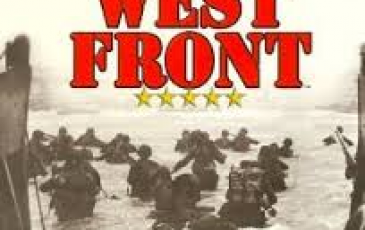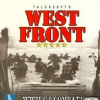| Rating: |
5 (2) |
| Games Played: |
2 |
| SM: |
2 |
| Turns: |
15 |
| Type: |
Custom |
| First Side: |
Allies |
| Second Side: |
Axis |
| Downloads: |
297 |
While much attention was being focused on the German airborne exploits at Eban Emael, elsewhere on May 10, 1940 the going was much tougher for Hitler's airborne elite. For the most part, the drops in Holland had failed to achieve any initial success and in some areas the isolated German airborne units had been forced onto the defensive. Faced with determined resistance by Dutch troops and having little or no heavy support, pockets of German paratroopers fought for survival. Such was the case at the Dutch city of Dordrecht. Without artillery and air support the German attackers found it difficult to hold their main objective, the bridges over the Kil Channel. With the German relief columns slow in arriving, the paratroopers struggled to maintain cohesion as Dutch reinforcements joined the fray. By the evening of the 11th, while still in control of the bridges at Dordrecht, the Germans found themselves under increasing pressure from Dutch units within the city itself. Although reinforced with additional German units flown into the captured Dutch airbase at Waalhaven, by the end of the fighting on the 12th little ground had been gained. In fact, with the arrival of the Dutch Light Division via the still intact Papendrecht Ferry, the defenders had actually retaken some territory captured by the Germans the day before. As morning dawned on the 13th, both sides had ambitious plans in store. The Dutch, now commanded by the Light Divsion's Colonel van der Bijl and bouyed by their successes of the previous day, intended to clear the entire Dordrecht Island of German invaders. Likewise, the overall German commander of airborne operations in Holland, General Student, had ordered additional ground troops to Dordrecht with the intention of eliminating the Dutch defenders and securing the city once and for all. The 13th of May would be a day of "Decision at Dordrecht". Credit must be given to David Meyler for his excellent publication on Dutch miltary operations during the period covered by this scenario. Much of the historical information contained here was gathered from David's fine work.


























